
Creamy Parsley Sauce in 10 Minutes (Perfect for Weeknight Dinners)
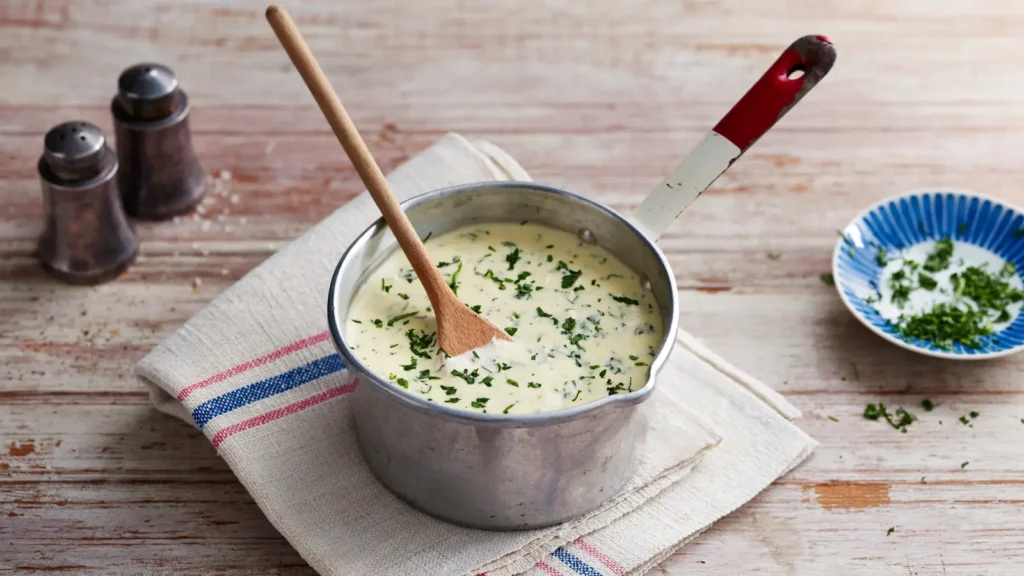
- A Quick Take on a British Classic
- Why Parsley Sauce Works with So Many Dishes
- Ingredients (Serves 4)
- Step-by-Step Method
- Chef’s Tips & Variations
- Nutritional Info (per serving) (approximate)
- How to Use Parsley Sauce in Your Weekly Cooking
- Make-Ahead & Storage Tips
- Common Mistakes (and How to Fix Them)
- FAQs about Parsley Sauce
A Quick Take on a British Classic
If there’s one sauce that perfectly balances freshness with indulgence, it’s parsley sauce. Traditionally served with slow cooker gammon, poached white fish, or seasonal vegetables, this creamy parsley sauce is a true British kitchen staple.
In this recipe, we’ll make it in just 10 minutes, ideal for busy weeknights when you want to elevate a meal without spending ages at the stove. Think of it as the faster cousin of our detailed parsley sauce recipe guide, delivering the same creamy, herby flavour in a fraction of the time.
Why Parsley Sauce Works with So Many Dishes
Parsley sauce isn’t just a condiment – it’s a flavour amplifier. The fresh, slightly peppery notes of parsley cut through richer meats and creamy dishes, while also enhancing mild proteins and vegetables.
You can pair it with:
- Fish: cod, haddock, salmon, or even smoked salmon breakfast dishes for brunch.
- Poultry: roast chicken, grilled turkey, or shredded cold cuts in sandwiches.
- Pork & Ham: especially gammon steak without pineapple.
- Vegetables: cauliflower, carrots, green beans, or buttery new potatoes.
Its mild, creamy texture makes it a perfect entry point for introducing herbs to kids, as the parsley flavour is fresh but not overpowering.
Ingredients (Serves 4)
Base Sauce
- 30g butter
- 30g plain flour
- 300ml whole milk (or semi-skimmed)
Flavouring & Seasoning
- 1 large bunch fresh parsley, finely chopped (about 30g)
- Salt & white pepper, to taste
- Optional: a squeeze of lemon juice for brightness
For Extra Creaminess
- 50ml double cream or 1 tbsp crème fraîche
Step-by-Step Method
Step 1: Make the Roux
In a small saucepan, melt the butter over medium heat. Stir in the flour and cook for 1–2 minutes until you have a smooth paste. This base thickens the sauce and gives it a silky texture.
Step 2: Add the Milk Gradually
Pour in the milk a little at a time, whisking constantly to avoid lumps. Continue until all the milk is incorporated and the sauce thickens (about 4 minutes).
Step 3: Add the Parsley and Cream
Stir in the chopped parsley and cream. Simmer for 1 minute to let the flavours infuse and the sauce turn a gentle green.
Step 4: Season and Serve
Add salt, pepper, and lemon juice if desired. Serve immediately over your chosen dish.
Chef’s Tips & Variations
- Dairy-Free: Swap milk for oat or almond milk, and butter for dairy-free spread.
- Vegan: Use plant-based milk, vegan butter, and a vegan cream alternative.
- Extra Herb Boost: Combine parsley with chives, dill, or tarragon.
- Thicker Sauce: Slightly increase the butter and flour ratio for a denser texture.
- Low-Fat Version: Use semi-skimmed milk and skip the cream.
If you’re into bold flavours, a spoonful of what is harissa paste can transform this sauce into a herby-spicy fusion.
Nutritional Info (per serving) (approximate)
- Calories: 140 kcal
- Protein: 3g
- Carbs: 5g
- Fat: 12g
- Fibre: 1g
How to Use Parsley Sauce in Your Weekly Cooking
Because it’s ready in 10 minutes, parsley sauce is a versatile addition to many quick meals:
- Drizzle over fish: Perfect with grilled salmon or poached cod.
- Serve with pork: Try with slow cooker gammon or leftover ham.
- Pour over vegetables: Especially cauliflower, carrots, or steamed broccoli.
- Mix into pasta: Combine with aubergine pasta or other simple pasta shapes for a light herby dish.
- Brunch option: Pair with eggs and smoked salmon for a rich weekend breakfast.
Make-Ahead & Storage Tips
Parsley sauce is best fresh, but you can:
- Fridge: Store for up to 2 days in a sealed container. Reheat gently with a splash of milk.
- Freezer: Freeze for up to 1 month. Defrost overnight, then whisk well during reheating.
For meal prep fans, making a larger batch alongside Sunday dinner means you can reuse it through the week for easy flavour boosts.
Common Mistakes (and How to Fix Them)
- Lumpy Sauce: Usually caused by adding milk too quickly or not whisking. Always add in small amounts.
- Too Thick: Whisk in extra milk or stock to loosen.
- Too Thin: Let it simmer a bit longer or add a small butter-flour paste (beurre manié).
- Bland Flavour: Add more fresh parsley at the end or a squeeze of lemon juice to lift the taste.
For more troubleshooting inspiration, check our cooking potato scones mistakes guide – the principles apply to many recipes.
FAQs about Parsley Sauce
Q1: Can I use dried parsley?
Fresh parsley is best, but 1 tbsp of dried parsley works in a pinch (add earlier so it rehydrates).
Q2: Why did my sauce go lumpy?
Add milk gradually, whisk continuously, and keep the heat moderate.
Q3: How do I make it richer?
Increase the cream or stir in a knob of butter before serving.
Q4: Can I pair it with meat other than gammon?
Yes – try roast chicken, lamb chops, or even venison casserole.
Q5: Is parsley sauce gluten-free?
Use cornflour or gluten-free flour instead of plain flour.
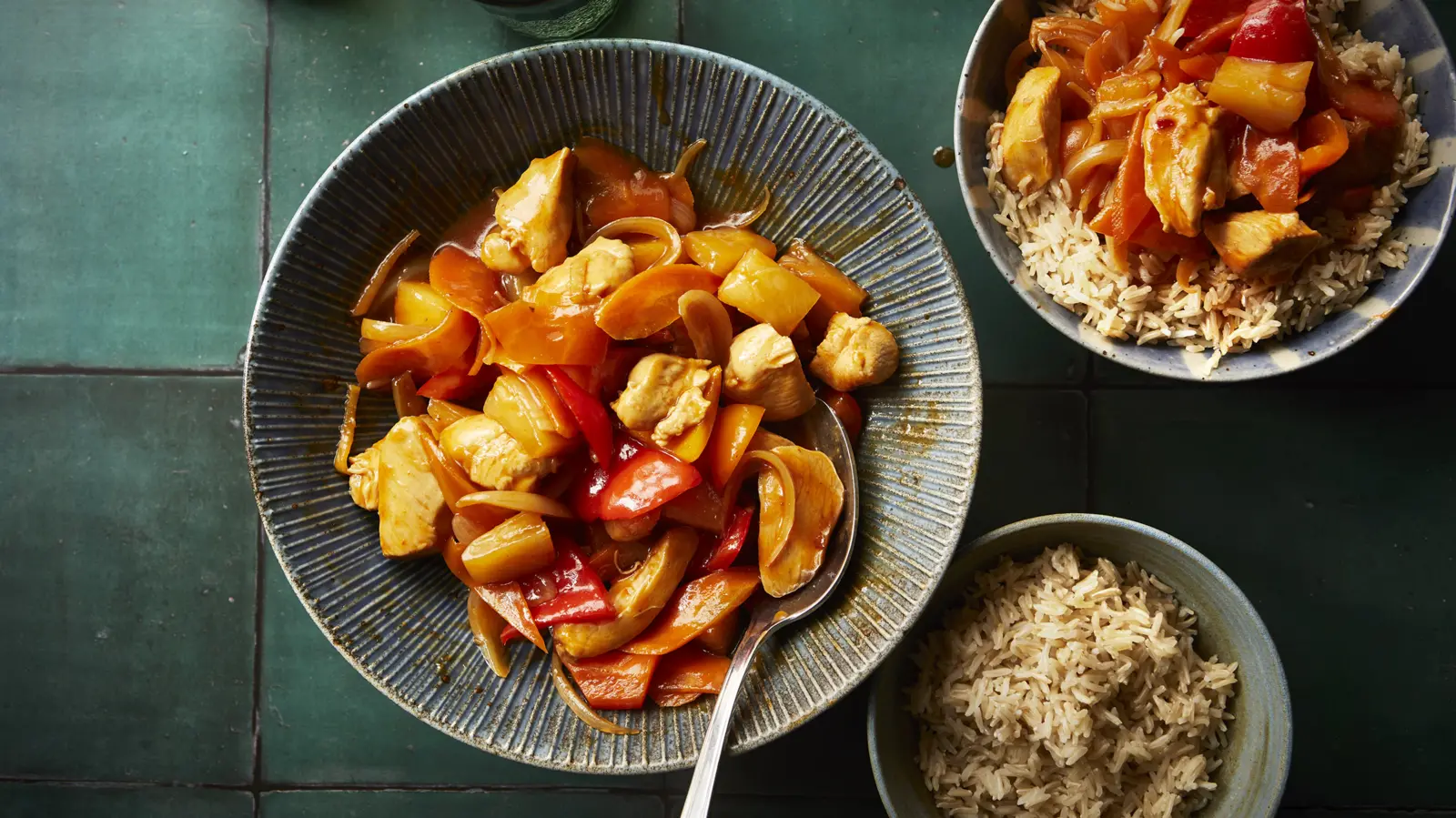
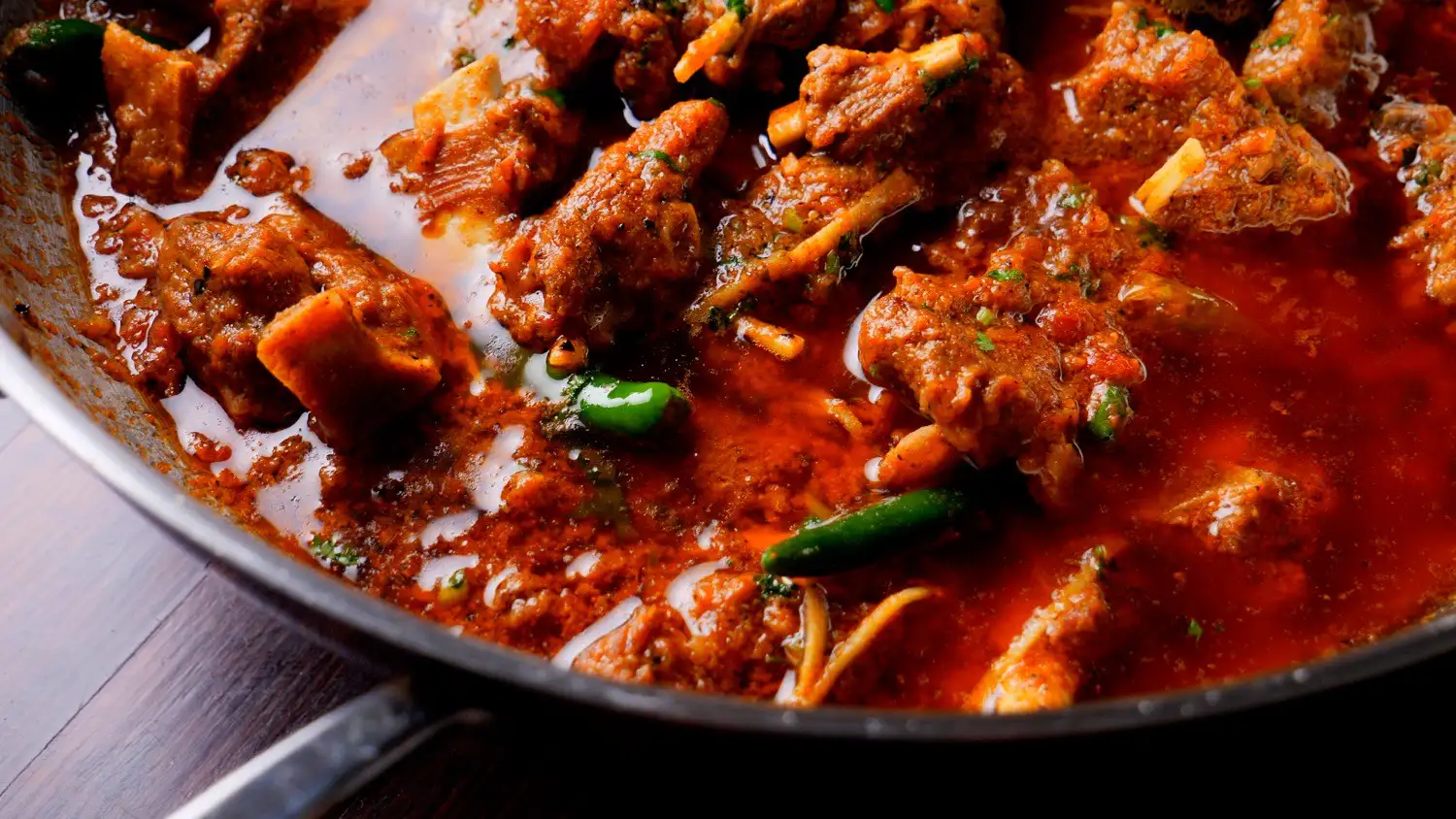
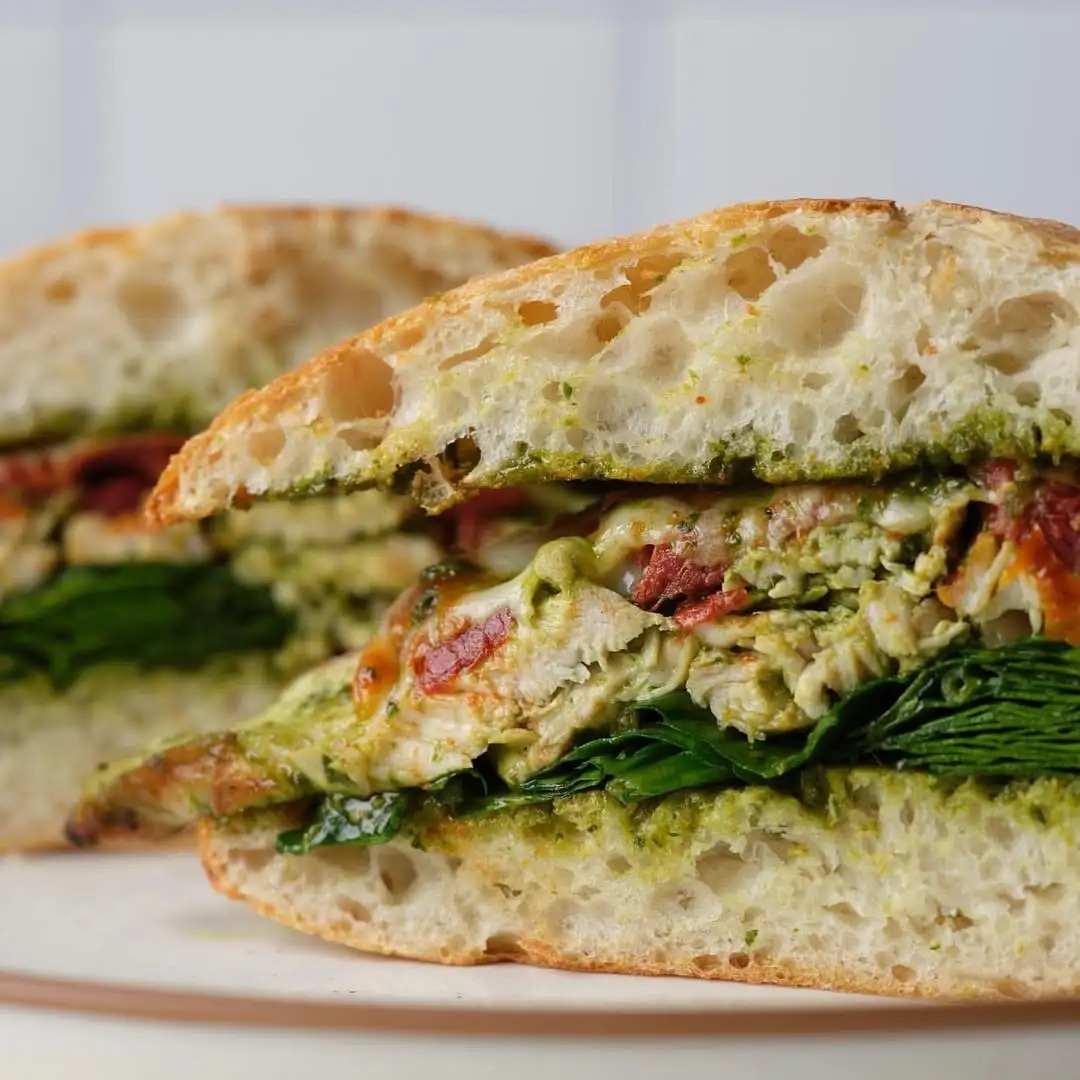
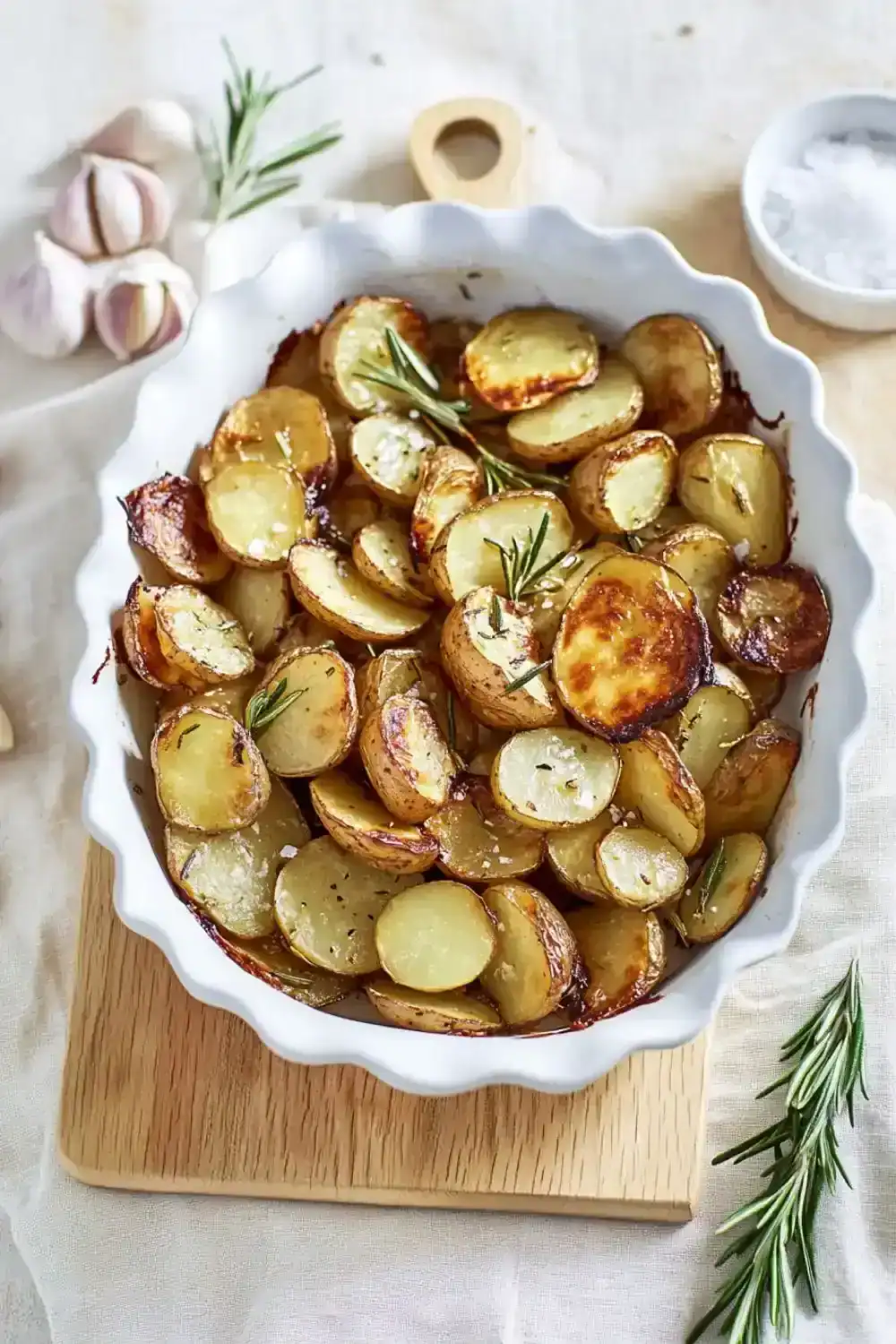

Leave a Reply